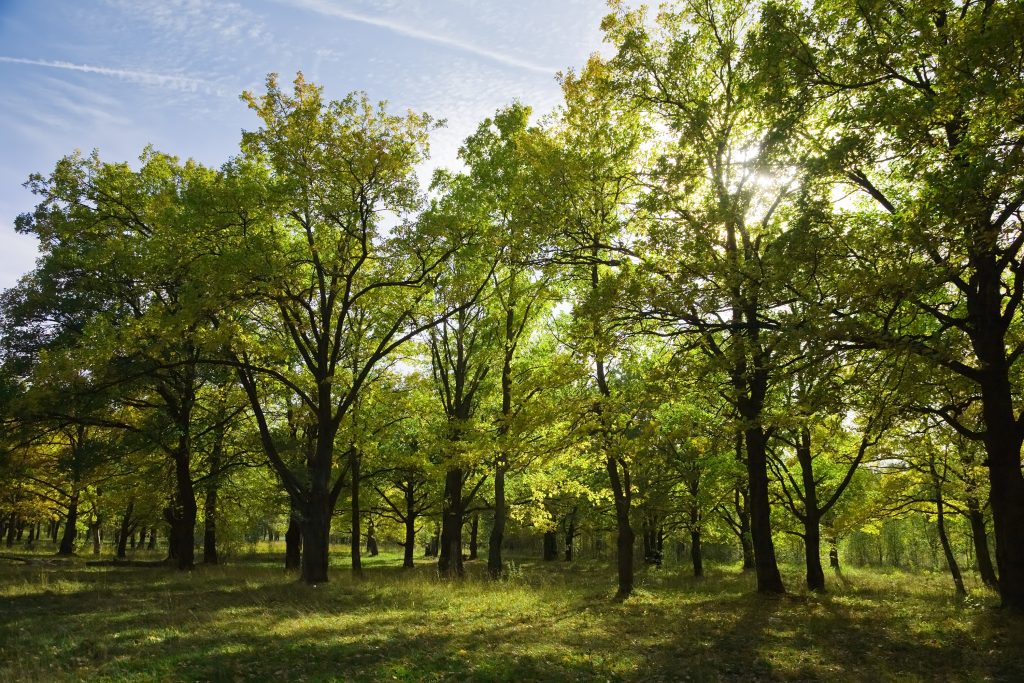Tree removal is the process of cutting down and removing a tree from its location. This can be necessary for various reasons, such as when a tree is dead, diseased, hazardous, interfering with construction, or posing a threat to nearby structures or people. Tree removal requires careful planning, proper equipment, and skilled personnel to ensure the safety of everyone involved and to prevent damage to property and the surrounding environment. Here’s a step-by-step explanation of the tree removal process:

Tree removal can be a dangerous task, and it’s generally recommended to hire a professional arborist or tree removal service with the expertise and equipment needed to safely and effectively remove trees.
Safely removing trees is a critical process that requires careful planning, specialized equipment, and expertise to ensure the safety of both people and property. Whether a tree needs to be removed due to disease, storm damage, or urban development, following proper procedures is essential. Here’s a general outline of how to safely remove trees:

It’s important to note that tree removal can be dangerous, and inexperienced individuals should not attempt it without proper training and equipment. Hiring a professional arborist or tree removal service with expertise in safe tree removal practices is highly recommended to minimize risks and ensure a successful removal process.
Removing trees near power lines requires specialized skills and precautions to ensure the safety of both workers and the surrounding community. Working around power lines introduces significant risks, including the potential for electrocution or power outages. Here’s how to safely remove trees near power lines:

Safety is paramount when working near power lines. It’s crucial to follow industry best practices and collaborate closely with utility companies to ensure that tree removal is conducted in a manner that minimizes risks and maintains the safety of workers and the surrounding community.
Murray is a city situated on the Wasatch Front in the core of Salt Lake Valley in the U.S. state of Utah. Named for territorial governor Eli Murray, it is the state's fourteenth largest city. According to the 2020 census, Murray had a population of 50,637. Murray shares borders with Taylorsville, Holladay, South Salt Lake and West Jordan, Utah. Once teeming with heavy industry, Murray's industrial sector now has little trace and has been replaced by major mercantile sectors. Known for its central location in Salt Lake County, Murray has been called the Hub of Salt Lake County. Unlike most of its neighboring communities, Murray operates its own police, fire, power, water, library, and parks and recreation departments and has its own school district. While maintaining many of its own services, Murray has one of the lowest city tax rates in the state.
Murray Oakes, Grant Park, Southwood Park, Murray Park, Murray Park Restrooms, Willow Pond Park, Neighborhood Veterinary Care
We had a great experience with TruCo! They were well priced, responsive and prompt. Michael was a pleasure to work with and gave us advice on which plants to put in where we took out our ugly old shrubs. I would highly recommend this company!!!
TruCo Services gets 5 stars from us for customer service. We experienced a few issues with their services this last year and Rob Eccles in senior management, stepped in and immediately handled our issues. He was very committed to making sure they understood our expectations and would execute to make us happy.
I work for a property management company and have the pleasure of working with Rob at a community in Sandy. He has been incredible to work with and always responds in a timely manner. He knows all the homeowners by name and address and is aware of all the "problem" areas when it comes to sprinklers. I never have to worry about following up with him because he always reaches out to provide me with an update. If you're looking to work with someone who takes pride in their job, is professional, and can solve the worst landscaping problems thrown your way, Rob is your guy. Thank you, Rob for all you do!
We have used Truco at 2 of the complexes we manage, they have been great to work with. Good quality service, outstanding customer service with good communication. That's hard to find these days. I highly recommend them. Travis has been awesome to work with.
We use TruCo for a majority of our properties and our home. While other landscaping companies we use come and go for various reasons like cost, communication issues, work performance, etc., TruCo is always consistent in price and work. Also, Rob is the best.